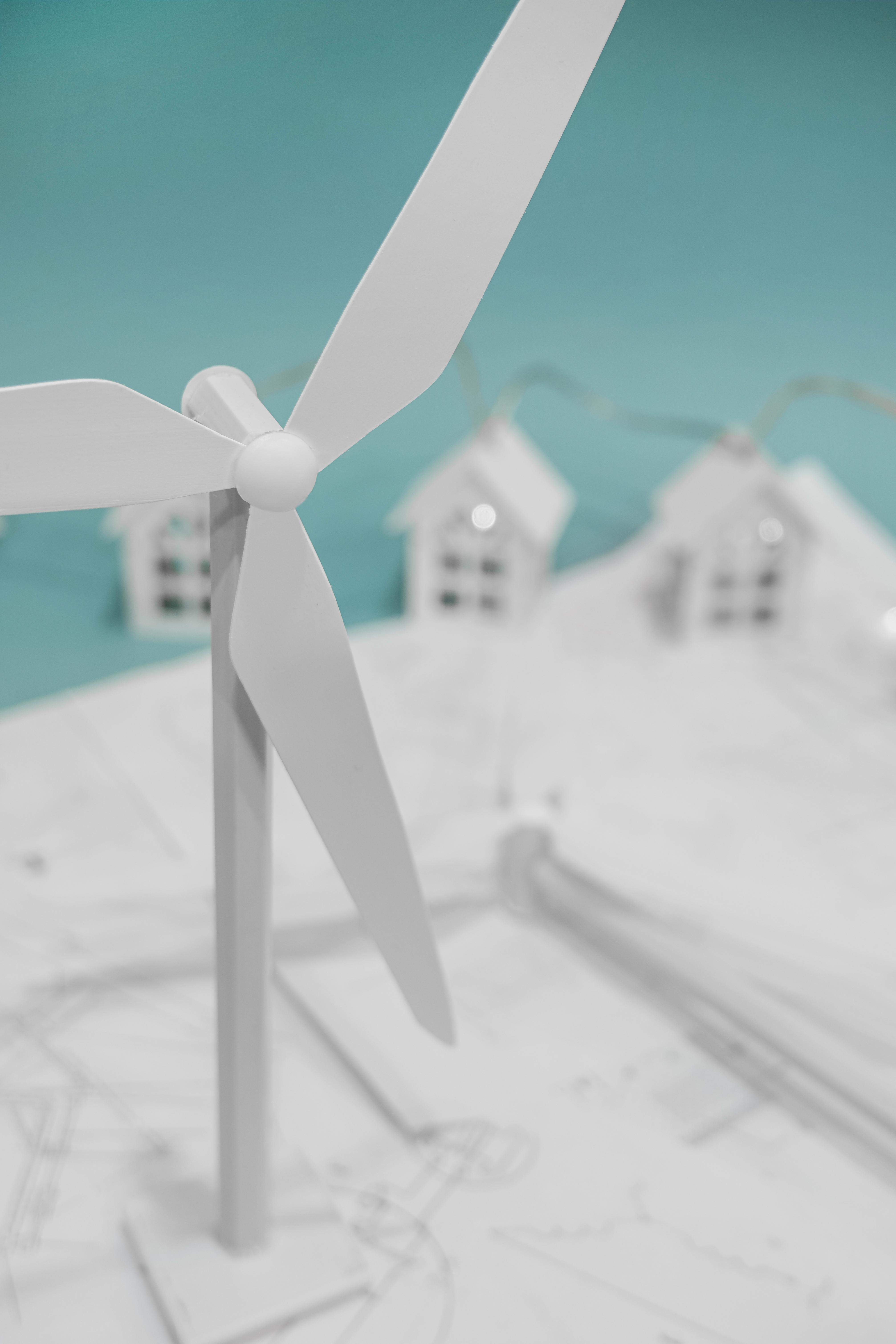Wind energy systems are expected to play a crucial role in meeting India’s ambitious goal of 450 GW of renewable energy installed capacity by 2030, which includes 140 GW of wind energy. In addition to large wind turbines, small wind turbines with less than 50 kW capacity can contribute to this goal. Further, small wind turbines generate decentralised power and reduce energy bills for consumers and power purchase costs for distribution companies, as well as help manage peak demand periods.
These smaller turbines can be installed on telecom towers, coastal areas, and rooftops of houses or industries and in rural hamlets with unreliable electricity supply. If installed in conjunction with a solar photovoltaic (PV) system (a hybrid system), the combined levelised cost of electricity (the average net present cost of electricity generation) may be less than that of a solar PV system with battery backup. Small wind turbines installed in areas with good wind resources can generate more energy than other decentralised renewable energy sources, thereby lowering the cost of energy. As per the Ministry of New and Renewable Energy’s Annual Report 2018-19, the penetration of small wind turbines in India is significantly low, with a cumulative installed capacity of 3.35 MW for small wind and hybrid systems. The reasons range from the lack of a conducive policy environment to challenges in wind resource assessment and testing.

Read more.
